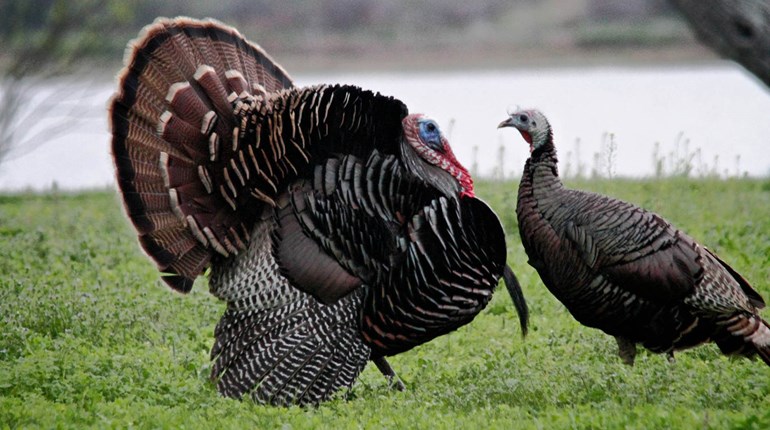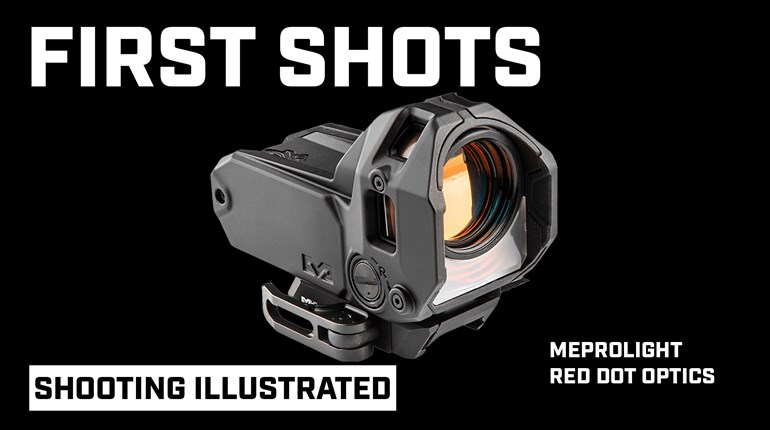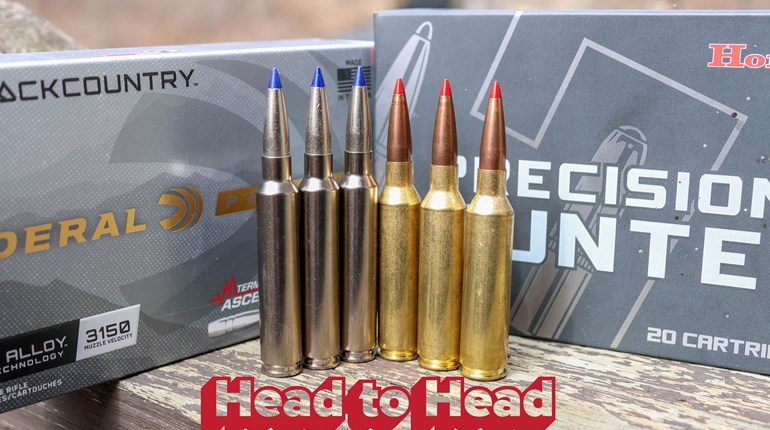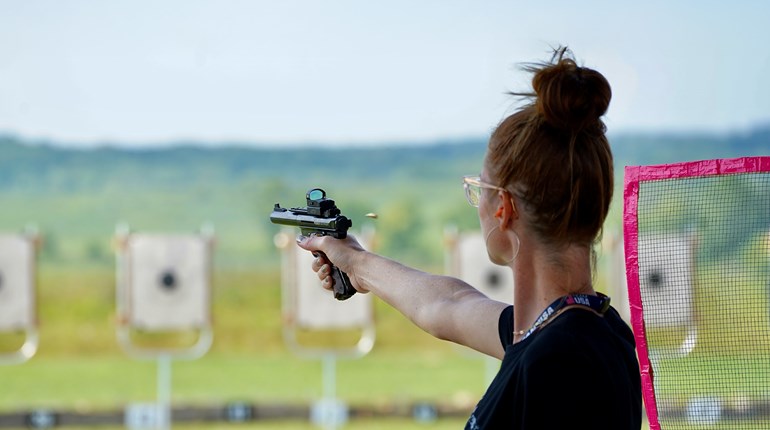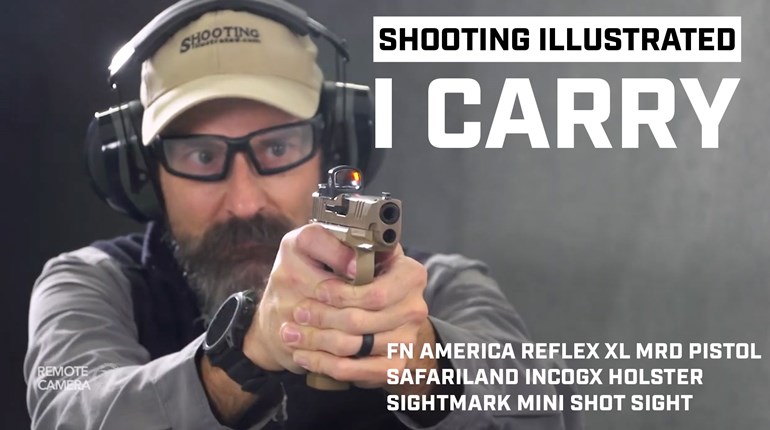
For many of us, our first exposure to firearms came from watching the stars of the silver screen and on our television sets. As soon as the Saturday-morning movie was over, we would rush outside to re-enact the various scenarios we had just seen played out in our living rooms.
But of course, to do that we needed our own toy guns and rigs. My childhood was not all that different from my current status of always looking for that one gun I desperately needed to add to my toy box (err, gun safe). Of all the cap pistols I received as birthday and Christmas gifts, the one that felt and weighed closest to what I thought a real gun should feel and weigh was an over/under derringer that, as a hideout gun, gave me the very “edge” that a 10-year-old would need in a desperate situation against imaginary bad guys on a Saturday afternoon.
Little did I know at the time, the cowboy-era derringer of my dreams was a serious copy of the over/under, .41-caliber rimfire made by Remington Arms and designed by Dr. William H. Elliot. Known variously as Elliot’s Deringer, the Model 95 or even Remington’s Double Deringer, it was one of the best-selling pocket pistols of all time.
Dr. Elliott was born in Massachusetts and in his adulthood became a well-regarded dentist with a prosperous practice in Montreal, Quebec. He was a born inventor who took out the first of his 100 patents at the age of 17. His attention, much like carbine inventor Dr. Edward Maynard, DDS, was soon drawn to improvements in firearm development, and he was able to interest the Remington Arms Company of Ilion, NY, in several of his designs. His first foray into the world of derringer design was his Remington six-shot “zig-zag” pistol of 1861 in .22 rimfire. That was followed up by the four-barreled Remington-Elliot Deringer, aka Remington Pepperbox, in 1863, manufactured in both .22 and .32 rimfire cartridges.
His best-known design was the over/under .41 rimfire produced from 1866 to 1935. This little, but mighty, pocket pistol packed a serious punch for close-in work. The 130-grain bullet, fired by 13 grains of blackpowder, had an initial muzzle velocity of around 500 to 600 fps. The force of the projectile measured 111 ft.-lbs. of muzzle energy. It was not the first derringer to chamber the .41 rimfire cartridge, but it rapidly became the most popular and best known.
Production began in 1866 and the first run was marked “E. Remington & Sons, Ilion, NY,” on one side of the barrel rib and “Elliot’s Patent DEC 12, 1865” on the other. Nearly 2,000 of the first model were made before the Remington rollmark was relocated to the top rib.
The gun itself is of great mechanical interest, as it utilizes a tip-up barrel system to empty and reload the firearm. A long lever on the right side of the frame is moved from the breech to the muzzle, unlocking the barrels, which are then tipped upward for extraction and reloading. Using an internal mechanism—much like the one he held a patent for that was incorporated into his four- and six-shot Remington derringers—the firing pin automatically advanced from one position to the other each time the hammer was cocked.

The gun was made in blued steel or nickel plated with a wide variety of grips from the standard black gutta-percha to rosewood, ivory and mother-of-pearl. Numerous examples that were factory engraved and in exquisite, velvet-lined cases are often highly desired at contemporary firearm auctions.
One major flaw in the early design was the top barrel hinge, which was known to develop cracks and severely limit the practical service life of the gun. This was strengthened in later models and a sliding cartridge extractor was worked into the left side of the frame, between the barrels, to assist in reloading.
There were at least four design variants during the nearly 70-year production history of the gun, and acquiring them today offers the collector a wide variety for which to search. Best of all, they do not take up a lot of room.
Although .41 rimfire ammo ceased commercial production prior to World War II, Val Forgett of Navy Arms reintroduced the cartridge and made it available for collectors and shooters for a number of decades until recently.
I have always been attracted by the neat lines of the Elliot Deringer and it does really feel nice in your hand. Through the magic of the movies, it has now taken on iconic status as the hideaway gun of any riverboat gambler character in westerns. John Wayne used one in “Big Jake” and in his last film, “The Shootist.” My first glimpse of one was most likely in the hands of Lee Van Cleef in “For a Few Dollars More,” which was a staple of afternoon television reruns during my childhood.
With more than 150,000 derringers manufactured during the run at Remington, Elliot’s over/under derringer continues to live on as contemporary manufacturers continue to base their designs on Elliot’s with updated features and more modern cartridges.
Regarding the “R:” Henry Deringer invented the “Philadelphia Deringer,” a name that has been used interchangeably to represent all small, easily concealed handguns, now commonly referred to as derringers. The double “R” in the name was originally used by counterfeiters to get past Deringer’s patents. In all of the contemporary advertising of Dr. Elliot’s pistols, the single “R” was used by Remington until the end of the 19th century, when it, too, began to use the now-common double “R” spelling for derringer.












